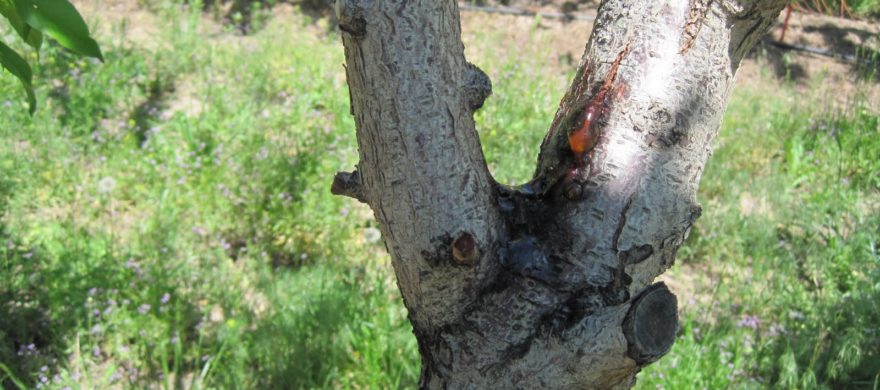Insect Blog

Cytospora Canker
May 14th, 2019
Plants Affected:
Cottonwood, aspen, willow, poplar and almost always on older spruce.
Symptoms:
The damage appears on deciduous trees as sunken areas in the bark with black pimples which exude an orange substance during wet weather. As the disease progresses and the bark is damaged, the limbs begin to die. In spruce trees, a knot will appear in the branch, often with a whitish resin around it. The needles of the affected branches discolor and drop off. Limbs die randomly throughout the tree giving it a patchy appearance as it declines.
Life Cycle:
This is a disease of the inner bark that spreads by insects, moisture, wind and humans to stressed plants and enters through bark wounds. As it infects the bark it produces an orange material which contains disease spores that spread to other stressed plants.
Treatment/Care:
If a tree contracts the disease, the only effective treatment is to remove the affected limb. Fungicides have had only limited success in treatment. Prevention of the disease is best done by increasing tree vigor through proper watering, deep rood fertilization and specific practices that would minimize wounding and root damage. Our specialists can recommend specific practices for specific trees.
